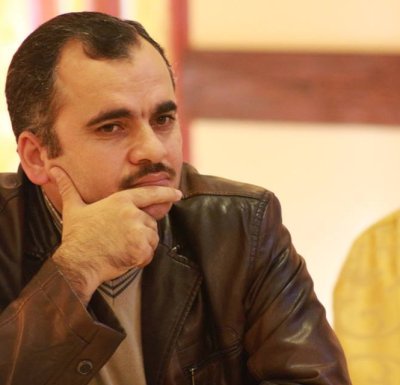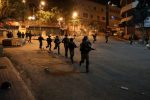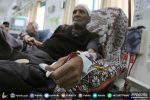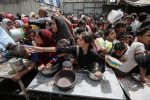It hasn&rsquot taken long after the Palestinian guerrilla attack on the Israeli settlements surrounding the Gaza Strip for confessions to surface announcing Israel’s failure who was responsible for it and what Hamas achieved from Operation Al-Aqsa Flood.
The attack was launched a day after the 50th anniversary of Israel’s defeat in the 1973 October/Yom Kippur War. While that was a real existential threat to Israel what’s happening now is proving that Israel was mistaken about Hamas for which the operation is a victory of sorts. Fighters from the movement’s armed wing took control of Israeli settlements for hours with an unprecedented casualty toll among soldiers and settlers alike.
Israelis know that the time to hold their security services to account for this will surely come. The images coming out of the settlements were unimaginable for Israelis who were left wondering where their army was. They relived the shock and disappointment of fifty years ago.
Palestinian resistance fighters have gained experience and are better trained than before. Their tactics are more effective after earlier failures to operate in the vicinity of Israeli military bases and settlements. Cumulative expertise was employed to such an extent that Israelis inevitably feel that another deterrence factor has collapsed. All the bombs and destruction cast upon Gaza in retribution will not change that fact.
Hamas depended on the element of surprise. In the end the guerrillas&rsquo breakthrough was surprisingly easy. Many had reached settlements before the security breach was even discovered despite the technology deployed along the nominal border fence. Israeli reports have confirmed that the Palestinian resistance groups had developed significant surveillance techniques to monitor the fence for any weak spots.
The Israeli security forces were confused for a long time it took a while for soldiers to realize what was going on. They had to guess the number of resistance fighters and consider the possibility that settlers had been taken hostage in their homes and that soldiers were being held hostage in their bases. Early reports suggested that some soldiers turned and fled.
The settlement blocs and the agricultural land around them were supposed to be protected by the Israel Defense Forces 24/7. That doesn&rsquot appear to have been the case. The surveillance posts and watchtowers were apparently left unmanned for a crucial period.
Despite the settlements being well fortified and guarded using the latest technology the attacks proved that this was not enough. Crucially the Palestinian guerrillas knew how to exploit the obvious Israeli routines and arrogance. The army will no doubt learn from this its air of invincibility on the ground in face-to-face fighting has been shattered its mainly conscript soldiers were terrified.
Many Israelis hold the extreme far-right coalition government led by Benjamin Netanyahu and the army hierarchy responsible for this security lapse and the bloody price paid by settlers and soldiers. It has been their worst nightmare come true.
The ongoing bombardment of Gaza’s largely civilian population is both cowardly and illegal under international law it is collective punishment of the worst kind. As is the total siege of the territory. This is not a &ldquowar&rdquo between two states. It is an asymmetric conflict between lightly armed guerrillas and a nuclear-armed regional power with civilians caught in the middle. The result will inevitably mean hundreds perhaps thousands of Palestinian civilians killed and wounded.
It will also see the shattering once and for all of the myth of the IDF’s &ldquopurity of arms&rdquo and the claim that it is the &ldquomost moral army&rdquo in the world. Israeli troops and their officers &mdash and the politicians who govern them &mdash may now have to think twice before travelling abroad if there is any justice at all in this world arrest warrants for the International Criminal Court will be waiting for them.
– Dr. Adnan Abu Amer heads the Political Science and Media Department of Umma University Open Education in Gaza. His article appeared in MEMO.












